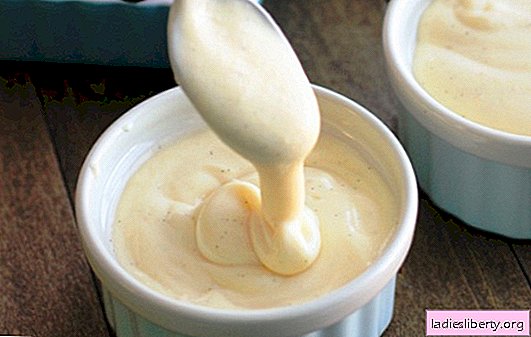
Stroke they call an acute violation of cerebral circulation, which is characterized by the sudden appearance of focal symptoms (impaired speech, movement), or cerebral symptoms (headache, nausea, vomiting) that persist for more than a day. If these processes last less, then we are talking about transient disorders of cerebral circulation.
A stroke can be ischemic and hemorrhagic. Under ischemic stroke, comprising from 80% to 85% of all cases of this disease, we understand acute violation of cerebral circulation, which is caused by thrombosis (blockage) of arteries. The cause of hemorrhagic stroke, which in ancient times was called apoplexy stroke, is the rupture of arteries. It accounts for respectively from 15% to 20% of diseases.
Regardless of the type of stroke, a stroke is a very dangerous and dynamic process, therefore, the earlier the patient receives medical care, the more comforting the prognosis for him.
Stroke - Reasons
The most common cause of a stroke is cerebral thrombosis, which is a blockage in a blood clot (thrombus) of an artery supplying the brain. Also, a stroke can occur as a result of a cerebral hemorrhage, that is, internal bleeding in the brain that occurs with the patient's atherosclerosis and, at the same time, high blood pressure.
In general, the causes of stroke include hypertension, heart disease, heart failure and cerebral atherosclerosis. Depending on what caused the stroke, its specific form develops.
One of the main risk factors for stroke is smoking. Studies show that if you quit smoking after 5 years, the likelihood of a disease caused by this habit disappears.
Stress is also dangerous in terms of the development of a stroke, since it activates the release of adrenaline, which provokes an increase in pressure and an increase in heart rate. With cerebral atherosclerosis, this can cause acute cerebrovascular accident. Long-term negative emotions that have no way out are especially dangerous.
Stroke - Symptoms
Suspect a stroke and urgently call an ambulance if a person has a distorted face, restricted movement (inability to raise an arm or leg), and speech impairment. However, in the event of acute cerebrovascular accident in the arteries that are responsible for the blood supply to the column of the brain and cerebellum, the determination of stroke by such obvious signs is not always possible. In such cases, it is manifested by dizziness, fainting, loss of consciousness, vomiting. When these symptoms appear, you also urgently need to call an ambulance.
Stroke - Diagnostics
To make an accurate diagnosis, first isolate the stroke from other acute conditions that are associated with brain damage; then establish its type and specify the localization of hemorrhage and the possible mechanisms of its development.
Laboratory diagnostics consists in carrying out a general blood test, a general urinalysis, and biochemical studies that can determine the change in protein fractions of the blood, an increase in the level of glucose, cholesterol, and chlorides.
A study of the cerebrospinal fluid is also carried out, which is especially informative in the absence of the possibility of computed tomography.
Stroke - treatment and prevention
As soon as the diagnosis is established, treatment should be started immediately, since in case of untimely provision of medical care, the patient may suffer from paralysis or get another disability for life. This help is most effective in the first minutes and hours of the disease.
First of all, they lay the patient and provide him with a sufficient flow of fresh air, unfastening tight clothing if necessary. Mandatory is the removal of dentures from the mouth (if any), as well as vomit. The head and shoulders of the patient should lie on a pillow so that the neck does not bend, causing a deterioration in blood flow through the vertebral arteries. You can transport a patient with a stroke only lying down!
Stroke treatment consists of a course of vascular therapy; the use of drugs that improve brain metabolism; oxygen therapy; rehabilitation treatment (physiotherapy exercises, massage, etc.).
For bedridden patients, it is important to ensure proper care, which consists of turning from side to side, changing wet clothes, feeding, cleansing the intestines, vibration massage of the chest.
Stroke prevention consists, first of all, in identifying risk factors and maintaining a healthy lifestyle, which includes such measures:
- providing control of high blood pressure (hypertension);
- dieting to lower cholesterol and saturated fat in the diet;
- complete cessation of smoking;
- control of blood sugar;
- fight against excess weight;
- physical activity.
Comments











